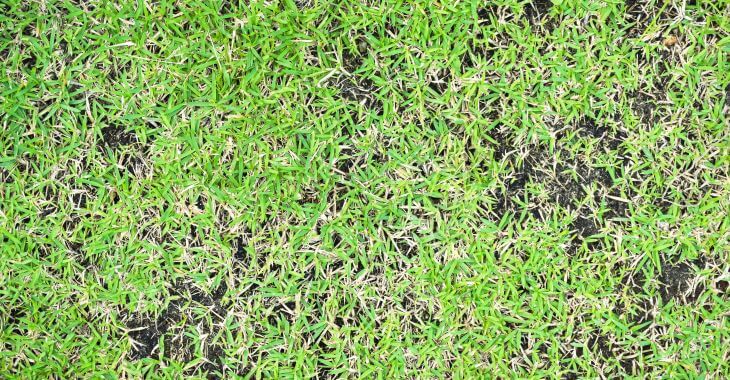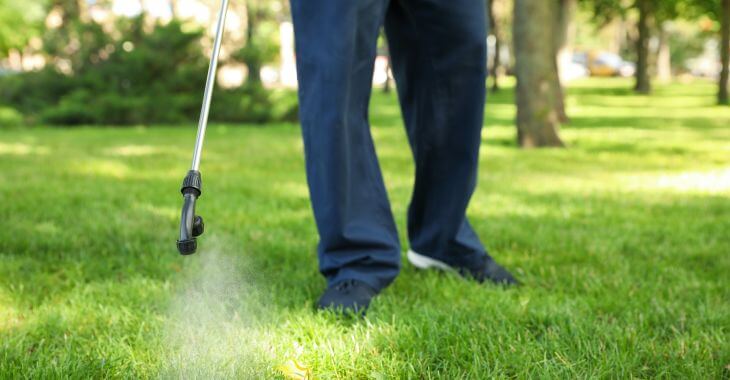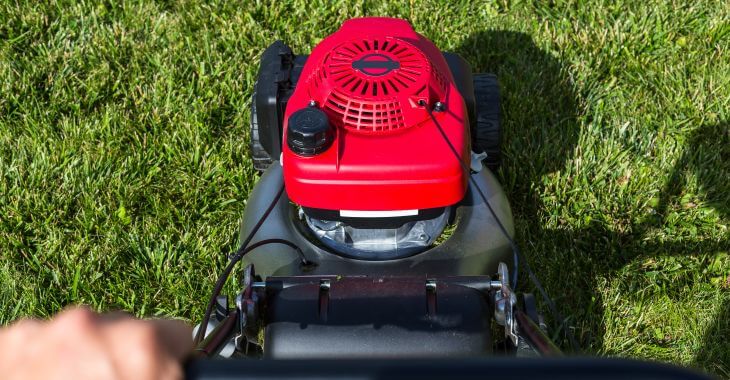Lawn Fungus: Treatment and Prevention of Lawn Diseases

Your lawn is more than just a carpet of grass. It is a living environment with many different insects, bacteria, fungi, animals and plants that can impact its health. One of the factors that can affect your lawn’s health are lawn diseases, especially lawn fungus. Knowing how to prevent lawn disease like lawn fungus and the treatments available to stop a fungal invasion are important to protect your lawn. To keep your lawn healthy, this is what you need to know about lawn fungus control, treatment and prevention.
There are thousands of different types of fungi that are floating through the air, and many can impact your lawn if the right conditions are present. Fungi are always present outdoors, but a healthy lawn is less susceptible to these types of lawn diseases. It is when the grass is unhealthy or stressed that lawn fungus can take hold, attacking your grass and impacting the beauty of your lawn. Knowing the best way to care for your grass to prevent lawn diseases can protect your lawn and improve lawn fungus control.
Signs of Lawn Fungus
There are different types of lawn fungus that can attack your grass. The type of fungus or lawn disease will determine the signs and symptoms that occur, which can help you identify both a lawn fungal infestation and the type of fungus impacting your lawn. Some of the possible signs and types of fungus that attack unhealthy grass include:
- Brown or purple stripes on the blades can be caused by Bipolaris sorokiniana
- Black or split blades can be signs of Ustilago striiformis
- Grass with a white powdery coating may be affected by Erysiphe graminis
- Circular patches of brown or yellow grass can be caused by spring dead spot, Rhizoctonia large patch and Pythium blight
- Pink circular patches can be caused by the Microdochium nivale fungus
- Small yellow patches can be caused by Rhizoctonia
There are many different types of lawn fungus that can create patterns in your yard or impact the blades of grass. Formation of mushrooms in your yard can be a sign of fungi problems that need to be addressed. While there are lawn fungus treatments, the best solution is maintaining a healthy lawn to fight of fungal lawn diseases.
Lawn Fungus Control and Prevention
Keeping your lawn grass strong and healthy is the best way to prevent lawn disease and fungus. When your grass is healthy and well-maintained, it is unlikely to succumb to the many fungi floating around in the outdoors. The right watering, mowing, fertilizing and soil maintenance regimens can make a significant difference for lawn fungus control.
- Watering. Both drought and overwatering can lead to lawn fungus. A healthy watering schedule can prevent lawn disease. Water deeply 1-2 times a week in the morning – never at night – to keep grass healthy.
- Mowing. Never cut more than a third of the length of grass at a time – mow more often or raise the mower deck to prevent cutting too much off at one time. Also make sure to use sharp blades to prevent tears and stress to the grass.
- Fertilizing. Like watering, too much or too little fertilizer can impact grass health. Test your soil or trust a landscaper to perform the right amount of lawn fertilizing.
- Thatch and soil compaction. Too much thatch or soil compaction can impact your lawn’s health. Thatch removal and aeration should be performed as needed, usually annually.
Keeping up with routine lawn maintenance can keep your grass healthy and prevent lawn disease and fungus. A strong root system, loose soil, adequate nutrients and balanced moisture are crucial for optimum grass health and preventing lawn fungus. But if you already have signs of fungus in your lawn, it may be time for treatment to kill the fungus before you can nurture your lawn back to health.
Lawn Fungus Treatment
There are many broad-spectrum lawn fungus treatments available that will kill many types of lawn fungi. These are topical treatments that can be sprayed on your lawn to stop the fungal infestation. However, there are many different lawn diseases and not all fungi will be stopped by broad-spectrum treatments. For certain types of lawn fungus, you may need a specific treatment. You or your landscaping professional can have your turf tested to determine the exact type of fungus impacting your grass to identify the best treatment.

If you have brown or yellow patches throughout your lawn, or visible stripes, spots or white powder on the grass blades, you may have lawn fungus. To prevent lawn disease or to perform lawn fungus treatment, talk to your local landscaping professional. Improving your lawn maintenance regimen can put an end to lawn fungus and other infestations that can impact the health and beauty of your lawn.
